The fluorescent lamps are means to provide illumination very economic practitioner and, and use a technology relatively simple to provide to us with illumination.
In order to include as these fluorescent lamps work, first we must know how a little on the light.
Tensile portable lamp fluorescent, with stainless steel handle.
The light is composed by photons, an energy form that can be released by an atom. An atom is compound of a nucleus of protons and neutrons, and by electrons that turn around the nucleus. When an atom gains energy, for example by means of the heat or the electricity, the electrons change of orbit and they move away momentarily of the nucleus. Almost immediately it returns to his normal orbit, and the extra energy is released in the form of a photon. The color of the light that takes place depends on the type of atom that received the energy.
Fluorescent portable lamp with burner plug and clamps.
Almost all the artificial light sources use this principle. The difference between the fluorescent lamps and the incandescent lamps is in the form in which the energy arrives at atoms. In the incandescent lamps it is obtained by means of the heat, but the fluorescent lamps use another method.
A fluorescent lamp is a glass tube, place setting in its interior by a fluorescent substance. In the interior of the tube also there is a little mercury and an inert gas, generally argon. In both ends of the tube they are the electrodes with which the lamp is connected to the mains.
In the fluorescent lamps the electricity flows by the tube.
When a fluorescent lamp ignites, the electricity flows by the tube. The voltage between the electrodes is considerable, so there are many electrons being transferred from an end to the other. The resulting energy turns a little mercury of liquid to gas. Some electrons will collide then with the atoms of gaseous mercury, that will gain energy and they will release it, since already we have exposed, in photon form.
The excited mercury atoms produce ultraviolet light, that our eyes cannot see. Nevertheless, between us and gaseous mercury it is the fluorescent layer that covers the interior of the tube. When the ultraviolet light finds east covering excites its atoms, that as well give back this energy in form of more photons. A part of this energy is lost in heat form, but the rest is photons released like visible light, generally white. The color of the light can change depending on the fluorescent type of substance that is used in the inner covering of the tube.
Fluorescent lights of differents colors
The incandescent lamps also produce ultraviolet light, but when being turned visible light it is not possible to be considered that a great part of the energy that need to produce light is squandered. By this it is considered that the fluorescent lamps are six more efficient times.
Nevertheless it is not easy to cause that the electricity happens through a gas. For this in the interior of the tube it also must have free electrons and ions, that is atoms with a number of electrons different from the normal one. In order to introduce electrons and ions in the tube, many fluorescent lamps use in the ends a beginning mechanism that generates an arc or electric flux between near electrodes. This is the reason for which, when a tube ignites, first we see illuminate its ends. This releases to electrons and ions, that when scattering itself within the tube create the atmosphere necessary to establish the electric flux in the gas. The system is designed to interrupt itself when the flow of electricity in the gas already has been established.
Differents models of fluorescent lamps.
Thanks to this we can have a good illumination that, to the most efficient being, is also economic.


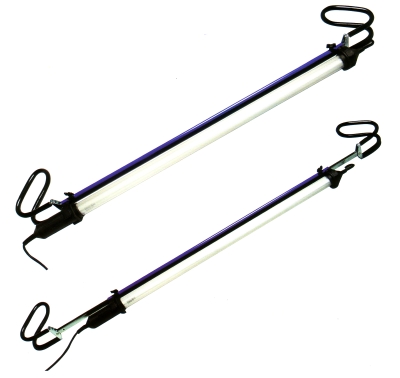
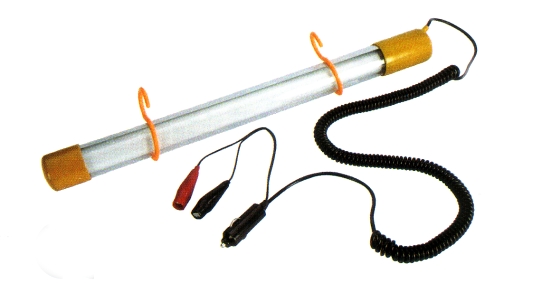
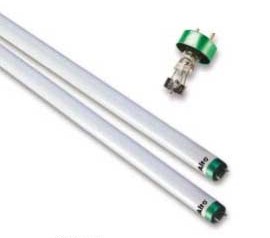
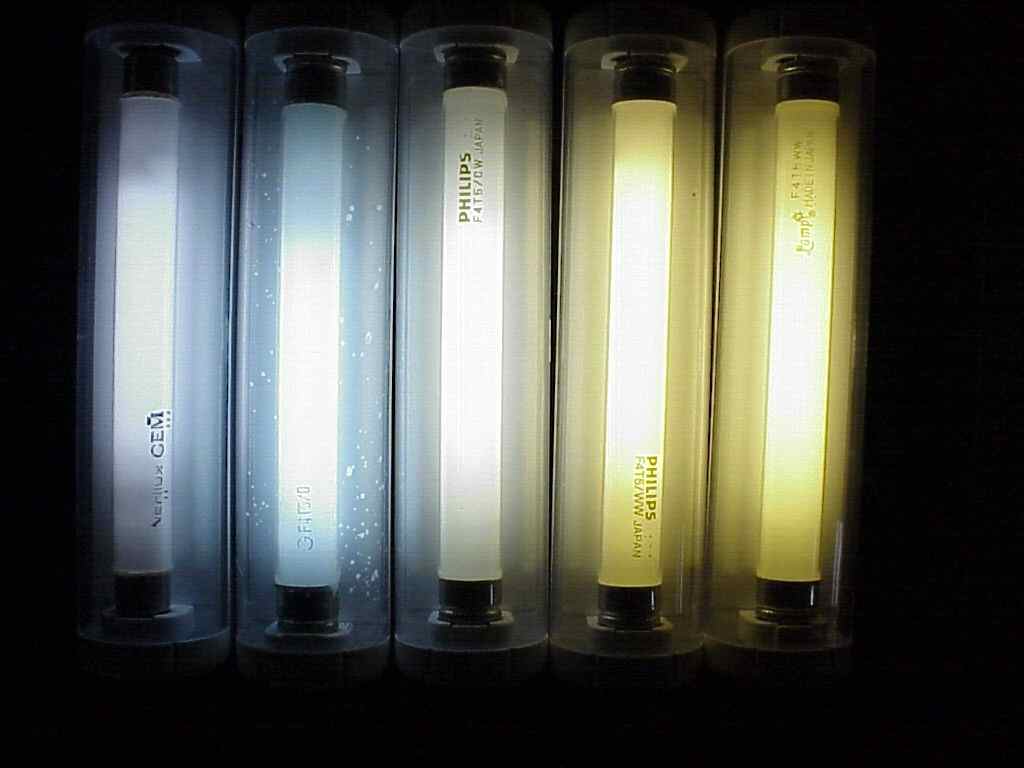
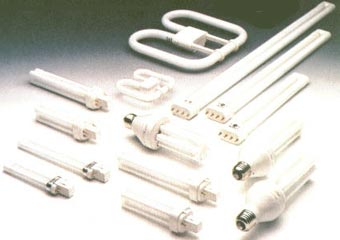
 Download our catalogue
Download our catalogue